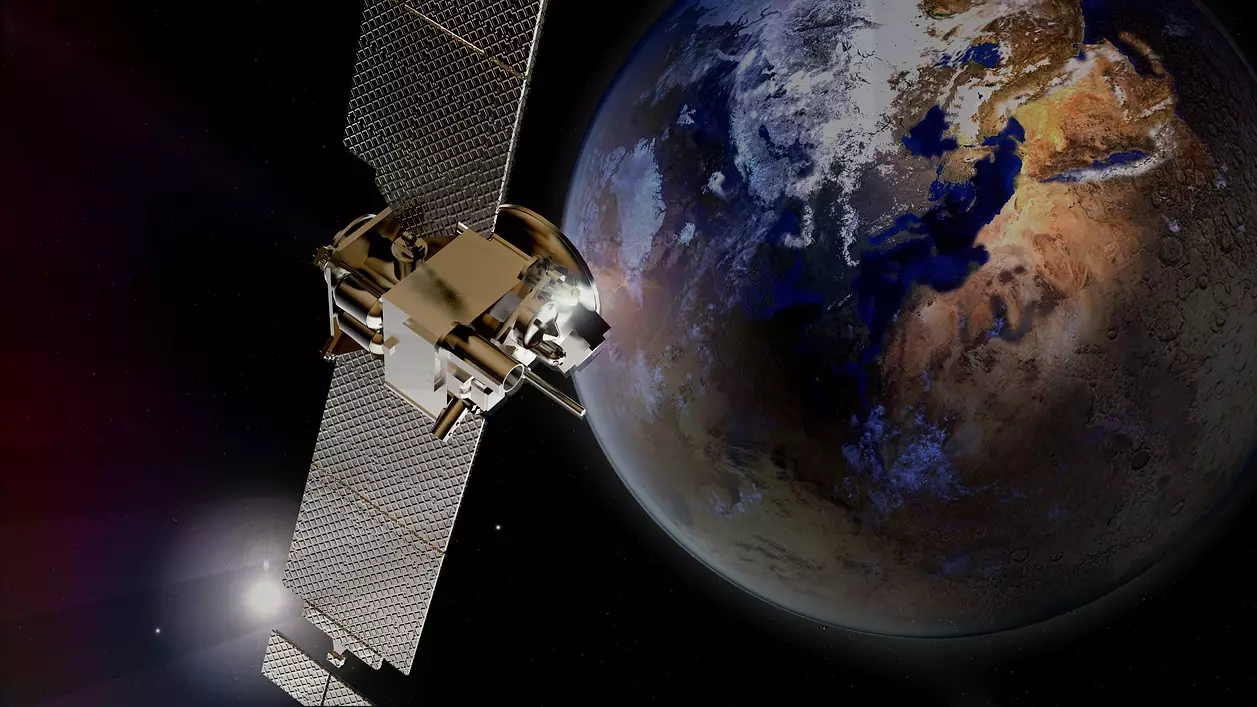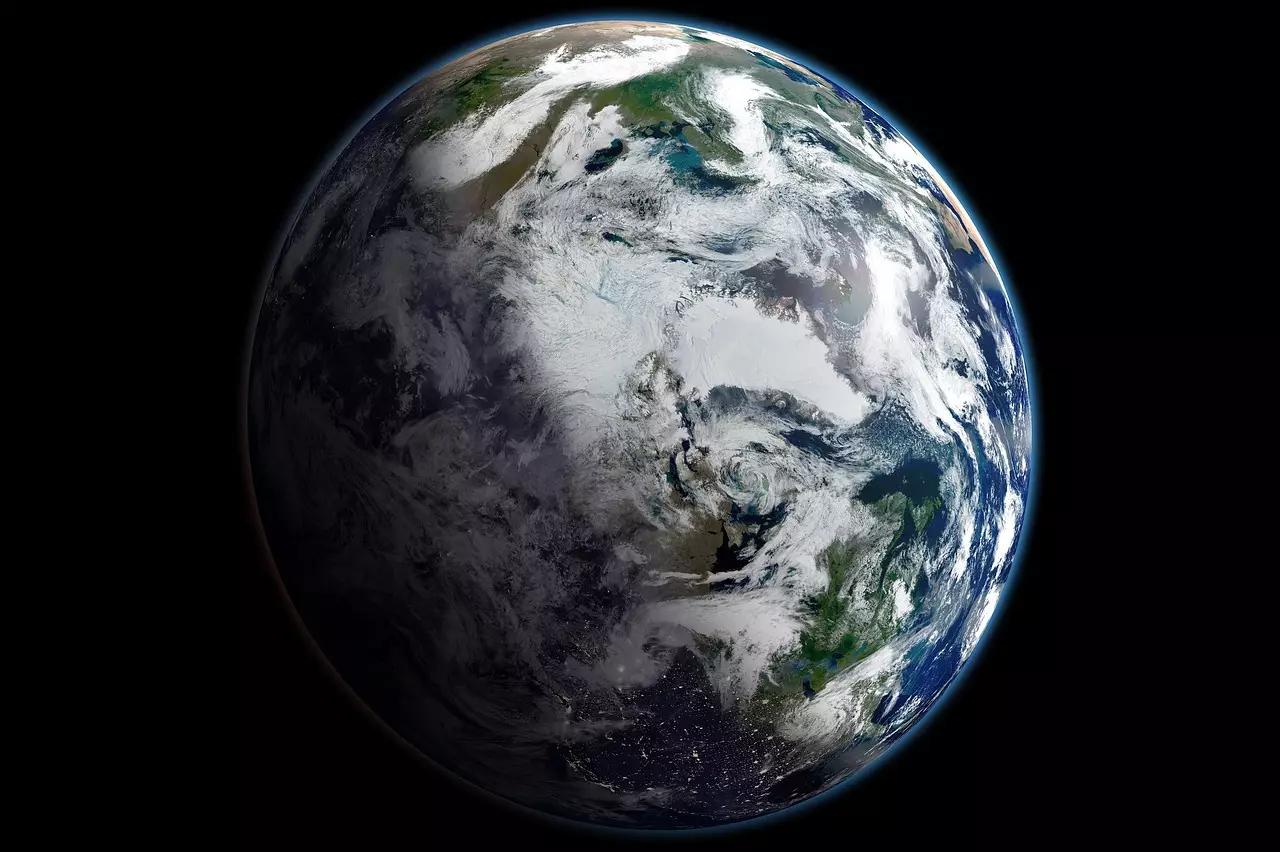
A Chinese spacecraft is set to re-enter the world's atmosphere between March 24 and April 19, with a minuscule risk to human life.
Tiangong-1, meaning 'heavenly palace', was launched in 2011 with the aim of it being used to develop a bigger space station.
At the time, it was seen as a big step forward in China's ambitious space programme.
Advert
According to the European Space Agency website: "The Tiangong-1 spacecraft is 12 m long with a diameter of 3.3 m and had a launch mass of 8506 kg. It has been unoccupied since 2013 and there has been no contact with it since 2016."

As reported in The Guardian, scientists have so far been unable to predict when it will crash down to Earth. Aerospace Corporation predicts it will be within a week of the beginning of April, while the European Space Agency says it will come down between 24th March and 19th April.
Aerospace has warned that it's possible the space station is hydrazine. The chemical is used aboard space vehicles as a propellant and to fuel emergency power units. It is highly toxic and unstable and can cause irritation, headaches, nausea and seizures. Acute exposure can cause liver, kidney and CNS (central nervous system) damage.
Advert
However, as The Guardian notes, Aerospace said that 'the probability that a specific person (ie, you) will be struck by Tiangong-1 debris is about one million times smaller than the odds of winning the Powerball jackpot'.
Those are some extremely long odds, right there.
It's not known exactly where the space station will land. It could be in northern China, northern US states, New Zealand, central Italy, Tasmania in Australia or parts of South America and southern Africa.
To date, no one has ever been injured by falling debris from spacecraft. A man called Yuri Khatyushin, from Kazakhstan, was killed last year in what was reported at the time to be the first fatality caused by space debris.
Advert
However, the NPO Mashinostroyeniya employee (a Russian rocket design bureau), whose job was to clean up rocket debris, was actually killed by a grass wildfire caused by a Russian rocket on take off, while a colleague of his was injured, and he was not harmed by debris re-entering the atmosphere.
While space debris isn't really a concern for humans (most of it burns up on re-entry), it does cause spacecrafts problems, causing damage, especially to solar panels and telescopes.
Topics: Science, Technology, space, China